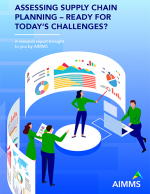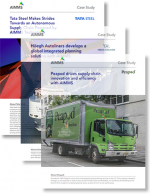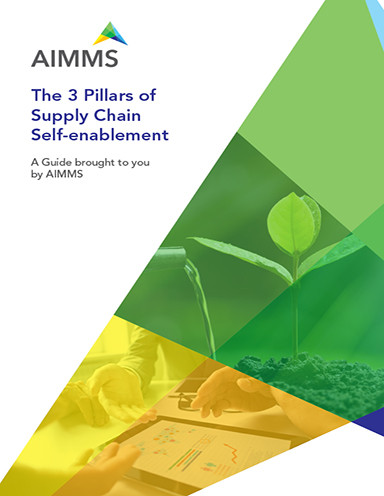The 3 Pillars of Supply Chain Self-Enablement
Culture, talent and technology are key to self-enable your team for the digital age.
The digital age has just begun and we are only starting to see the impact that digital transformation will have on businesses.
In the supply chain context, we see the emergence of Industry 4.0.
Operating models are shifting to meet the demands of this digital supply chain transition.
Companies are revisiting their technical capabilities and infrastructure.
As they do this, supply chain teams are realizing that they need to be agile and less dependent on external resources and IT to drive innovation and develop new supply chain models and apps when their changing business reality demands it.
The key to achieve this is supply chain self-enablement: the ability to take charge of your own digital supply chain strategy and its execution.
In this illustrated guide, we unpack the 3 pillars of supply chain self-enablement and how they translate into successful supply chain transformation.
Culture
Recognize that driving supply chain transformation requires a culture change.
Talent
Build up an A-team for supply chain transformation by implementing a recruitment strategy to attract new talent, and investing in training and skills transfer.
Technology
Invest in lean and easy to use software.

What’s Related




Favorites





